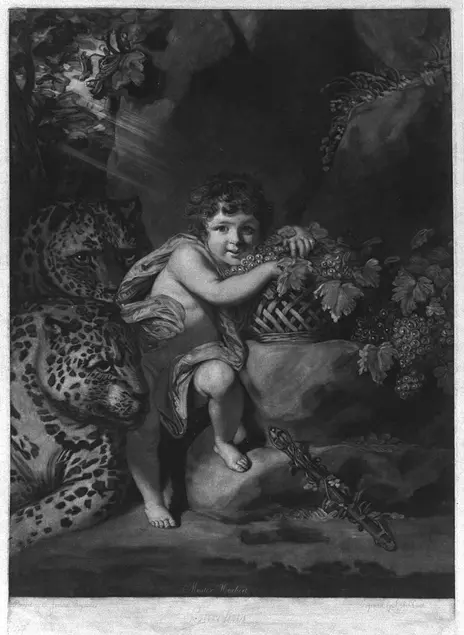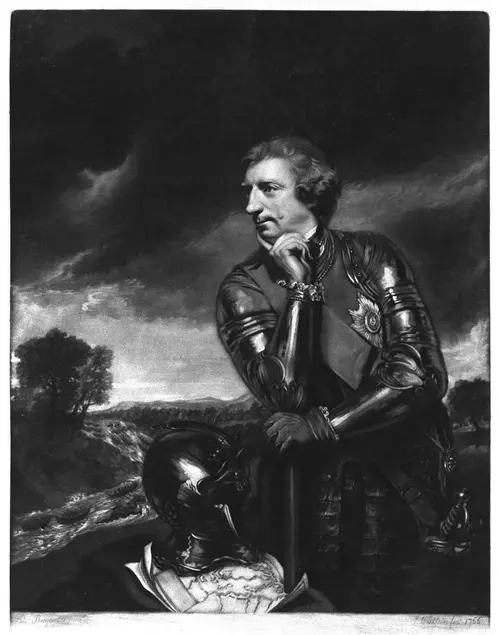Out of the Shadows: Joshua Reynolds’ Celebrity Portraiture and the Market for Mezzotints in 18th-Century Britain
"Out of the Shadows: Joshua Reynolds' Celebrity Portraiture and the Market for Mezzotints in 18th-century Britain" celebrates this rich period of mezzotint with 13 works from The Huntington's collections.



